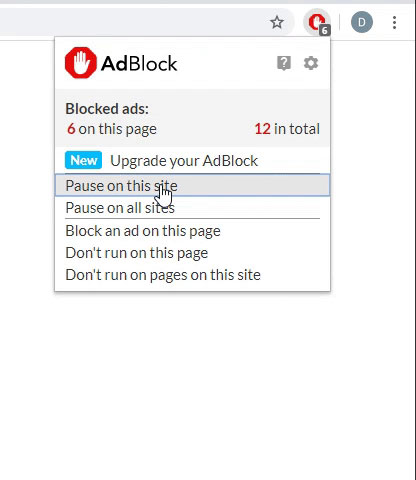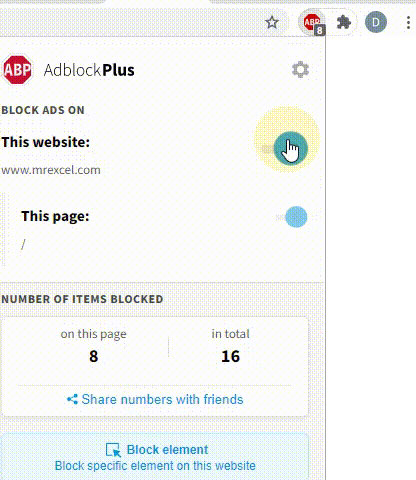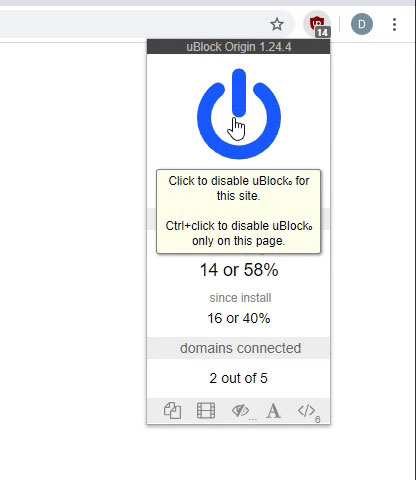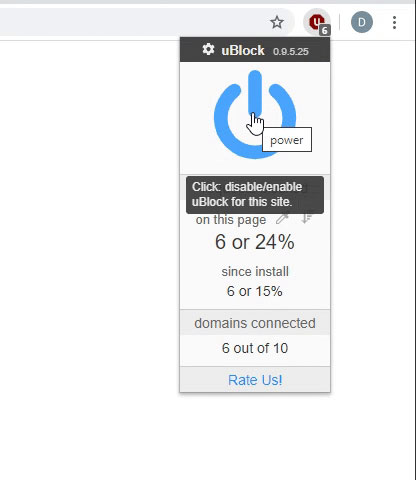I need to sum a non-constant range and then autofill the resulting formula down the page. Finding the range is no problem; a small Do... While loop takes care of that for me, and gives me the range Cells(2,Start) to Cells(2,Finish).
The following line
.FormulaR1C1 = "=SUM(Weekly!R2C" & Start & ":R2C" & Finish & ")"
Places the formula into the spreadsheet as
=SUM(Weekly!$O$2:$R$2)
but I need it without the $ signs so that I can autofill it into the next 120 rows.
This is my second post today for something that will no doubt be incredibly simple once you know how! Excuse me for being thick but I'm still learning.
The following line
.FormulaR1C1 = "=SUM(Weekly!R2C" & Start & ":R2C" & Finish & ")"
Places the formula into the spreadsheet as
=SUM(Weekly!$O$2:$R$2)
but I need it without the $ signs so that I can autofill it into the next 120 rows.
This is my second post today for something that will no doubt be incredibly simple once you know how! Excuse me for being thick but I'm still learning.





